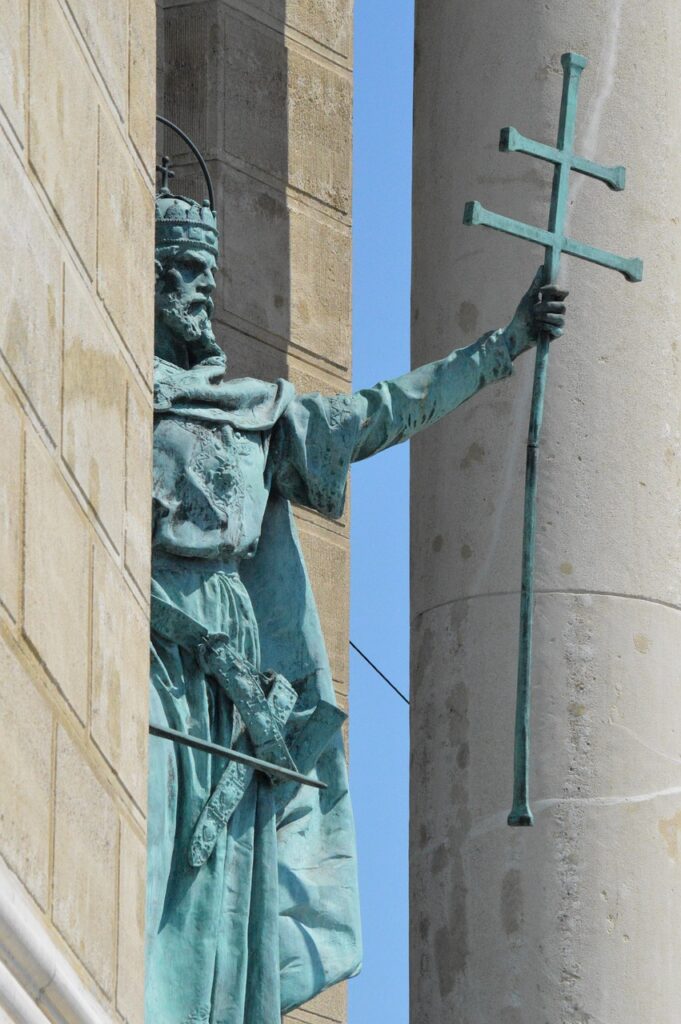America loves its legends, doesn’t it? We’ve all grown up with those larger-than-life tales of daring frontiersmen, quick-shooting outlaws, and unstoppable figures who seemed to defy the odds at every turn. These American folk heroes fill countless songs, books, and campfire stories, shaping our collective imagination and often, our understanding of history. We paint them with broad strokes of glory, resilience, and unyielding spirit, turning their exploits into the very fabric of our national identity.
But here’s the twist, and it’s one that often gets left out of the bedtime stories: the real people behind these American folk tales didn’t always ride off into the sunset. In fact, many of their actual lives ended in tragedy, in strange ways, or even sadder, in utter obscurity. We’re talking about fates far removed from the valiant charges and triumphant farewells that usually accompany their legends. It’s a sobering reminder that behind every myth, there was a flesh-and-blood individual, facing very human struggles and ultimately, very human ends.
So, get your coffee, get comfortable, and let’s take a stroll through 13 figures from American folklore. We’re peeling back the layers of myth to find out how some of America’s most celebrated folk heroes faced endings far more unsettling than their legends might suggest. These are the stories that bring a profound, often heartbreaking, humanity to figures we thought we knew so well, revealing lives that often concluded with suffering, betrayal, or a miserable death, reminding us that even heroes are ultimately, painfully human.
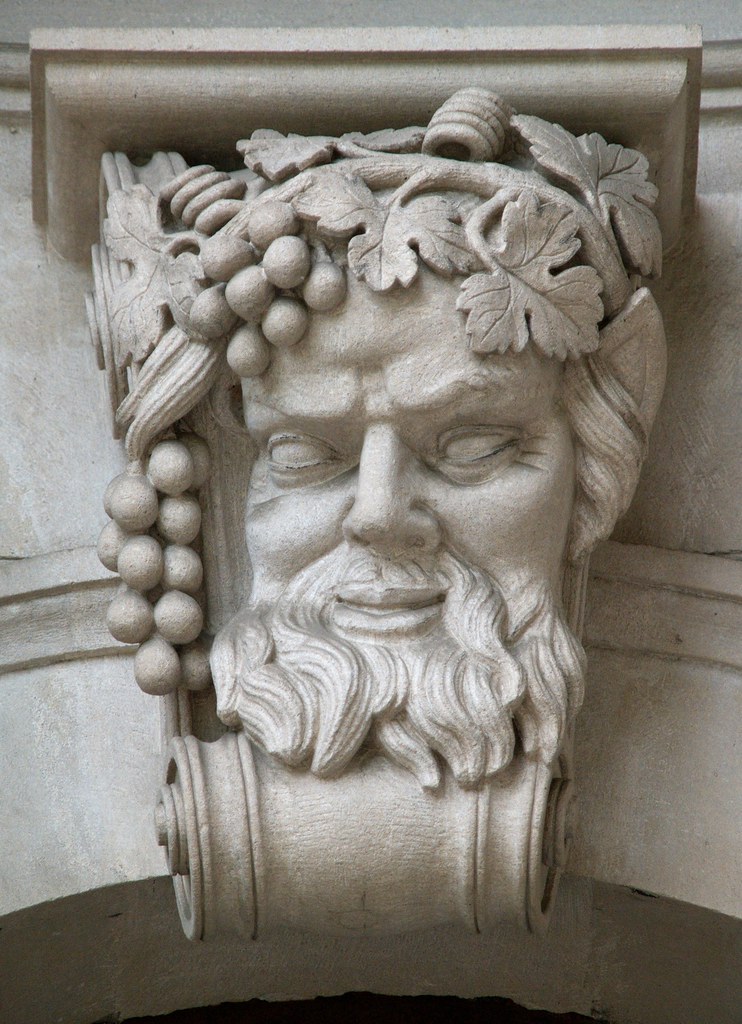
1. **Pennsylvania Green Man:
Imagine living a life where your very appearance caused such fear and alarm that you only felt safe venturing out under the cloak of night. This was the profound and isolating reality for Raymond “Ray” Robinson, born on October 29, 1910, a man whose severely deformed features led to him becoming an enduring, yet deeply tragic, urban legend in western Pennsylvania. His life story serves as a poignant, almost haunting, testament to the profound impact of physical trauma.
Robinson’s disfigurement stemmed from a horrific electrical accident suffered as a child, leaving him with injuries so severe that he genuinely feared causing panic or distress if he appeared in public during daylight hours. This fear relegated his life largely to the shadows. It led to a peculiar routine: long walks at night, a solitary figure traversing rural roads, unknowingly weaving himself into the fabric of local ghost stories.
It was during these nocturnal excursions that he gained his legendary monikers: “Charlie No-Face” or “The Green Man.” Local youths, often with a mix of fear and thrill-seeking curiosity, would purposefully drive down his driveway hoping to catch a glimpse of the elusive figure. They’d share stories of his uncanny presence with their children and grandchildren, further cementing his place in local oral tradition.
The truly surprising part for many who grew up hearing these spine-chilling stories is the revelation that Ray Robinson was, in fact, a genuine person. More than that, he was a kind individual, well-liked by his neighbors and cherished by his family. His existence wasn’t one of malice or terror, but rather profound loneliness. He passed away on June 11, 1985, his death marking the end of a life lived largely in the literal and metaphorical dark, a deeply disturbing quietus for a man who became a legend simply by existing.

2. **Daniel Boone: From Trailblazer to Forgotten and Penniless**
The very name Daniel Boone is synonymous with the spirit of the American frontier. It conjures potent images of rugged individualism, a fearless frontiersman blazing trails through an untamed wilderness, and playing a pivotal role in the early settlement of Kentucky. He was renowned for his skill in carving paths across dense forests, an iconic figure whose daring exploits are deeply embedded in the grand narrative of westward expansion and American ingenuity.
However, the later years of Boone’s life present a starkly different, and deeply tragic, picture, revealing a man brought low by the very system he helped establish. Despite his immense reputation and undeniable contributions to the nation’s growth, he found himself utterly penniless after losing his land holdings on multiple occasions. These devastating losses were often the bitter result of complex legal disputes and frustrating government oversights—a cruel irony for a man who claimed so much land for others, yet couldn’t secure his own.
The legal framework of the fledgling United States, designed to bring order to the chaos of the frontier, ironically stripped Boone of his own hard-won prosperity and the tangible fruits of his tireless efforts. His fame offered little protection against bureaucratic blunders and aggressive claimants, leaving him in a state of destitution that belied his legendary status. This downward spiral culminated in a poignant abandonment by the very society he helped forge.
Boone spent his final years in Missouri, a considerable distance from the thriving territories he had once conquered and settled. He lived in relative obscurity, a faded echo of his former glory. As the SHSMO Historic Missourians document, he passed away in 1820, largely forgotten by the nation he profoundly influenced and helped shape. It was not until decades later that historians and storytellers began to meticulously piece together his true legacy, posthumously restoring the fame and recognition that cruelly eluded him in his twilight years.
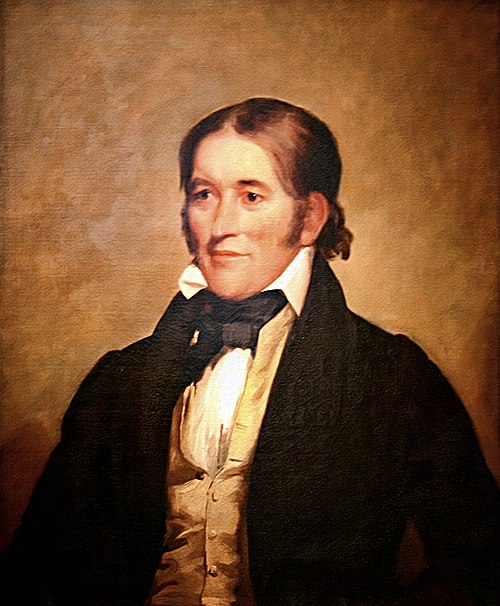
3. **Davy Crockett: The Gruesome Truth of His Alamo Demise**
Davy Crockett, the quintessential “King of the Wild Frontier,” is a figure indelibly etched into American lore. He’s celebrated as the ultimate buckskin-clad adventurer, a man whose legendary prowess supposedly allowed him to wrestle a bear before breakfast. Most famously, he is immortalized for his heroic last stand at the Battle of the Alamo. Popular lore overwhelmingly depicts him dying in a blaze of glory, rifle in hand, surrounded by fallen enemies, a true paragon of American courage and self-sacrifice.
Yet, the stark reality of Crockett’s demise was profoundly different from the valiant charge we’ve all been taught to envision, revealing a much darker historical truth. While history books frequently portray his death at the Battle of the Alamo as a glorious act of martyrdom, historical evidence, meticulously pieced together from various sources, suggests a far more grim and less heroic end. This discrepancy highlights the often-wide chasm between popular myth and brutal historical fact.
According to multiple eyewitness accounts, specifically from Mexican soldiers who participated in the battle, Crockett actually survived the initial assault on the Alamo. He was not killed in the thick of combat, but rather, was captured alive alongside several other defenders. This revelation dramatically contradicts the romanticized narrative of a direct combat death, forcing a re-evaluation of one of America’s most cherished historical moments.
Instead of a triumphant, battlefield death, the captured Crockett and his fellow survivors faced a far more brutal fate: execution. They were put to death on the direct orders of General Santa Anna, a chilling act of military reprisal that underscores the brutality of the conflict. Adding to the indignity, their bodies were later burned in a mass pyre, a final, unceremonious end. This makes his conclusion more akin to a “tragic prisoner of war” than a “frontier hero” engaging in a glorious last stand.
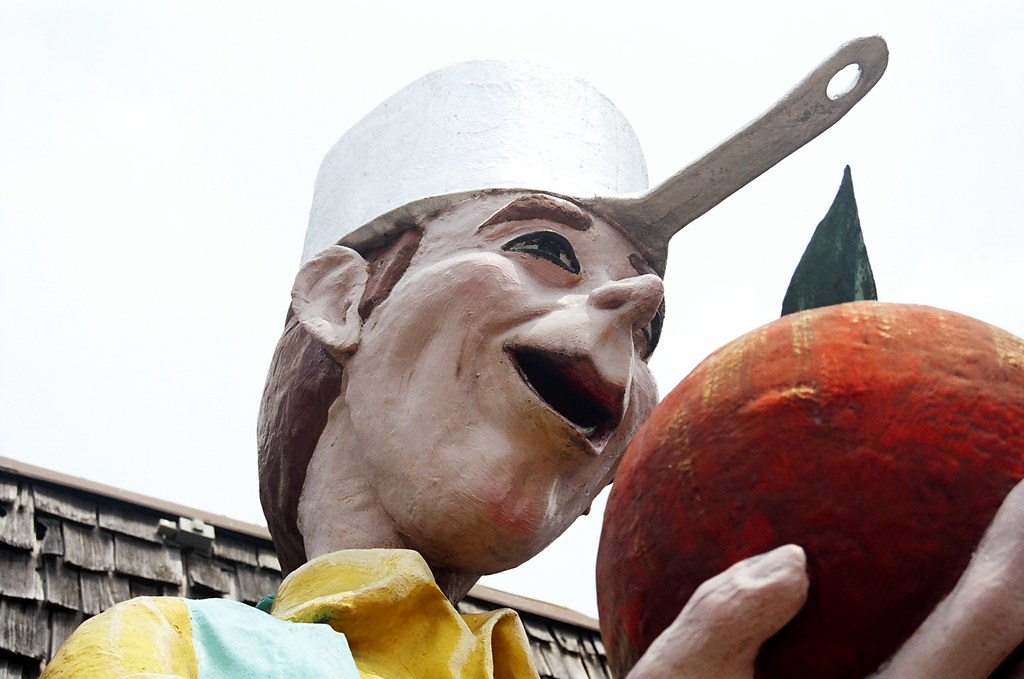
4. **Johnny Appleseed: A Solitary Wanderer’s Isolated and Impoverished End**
In American folklore, Johnny Appleseed is universally recognized as a fanciful, benevolent vagrant, a gentle nature lover who spreads orchards wherever he wanders, much like seeds dispersed by the wind. John Chapman, the real man behind the wholesome myth, is remembered as a kind-hearted soul embodying a simple, harmonious connection with nature, perpetually wandering the frontier with a sack of apple seeds and an almost saintly, benevolent spirit.
However, John Chapman’s actual life trajectory was a profound departure from the carefree, whimsical existence that his legend suggests. His reality was far harsher, marked by years of severe bad luck, persistent hunger, and profound isolation that deepened as he aged. His unwavering commitment to spreading apple trees often necessitated a largely solitary existence, a life of constant movement with few permanent anchors or companions.
He embraced a life of asceticism, often sleeping outdoors regardless of the harsh weather conditions, a testament to his dedication but also a symbol of his enduring hardship. Chapman never married, which further cemented his lonely existence, lacking the familial warmth and companionship that most people seek. His earthly possessions were few, and his path often led him to remote, undeveloped areas where human contact was minimal.
During a particularly harsh winter in 1845, Chapman spent his final, dwindling days in a remote cabin in rural Indiana. He passed away quietly, likely from pneumonia, far from the joyous, widely celebrated legend kids are familiar with, and crucially, without the comforting presence of family or the benefit of medical assistance. Despite his monumental contributions to American agriculture, he left little behind in terms of material wealth—only his burgeoning legend and a scattering of often-neglected orchards.
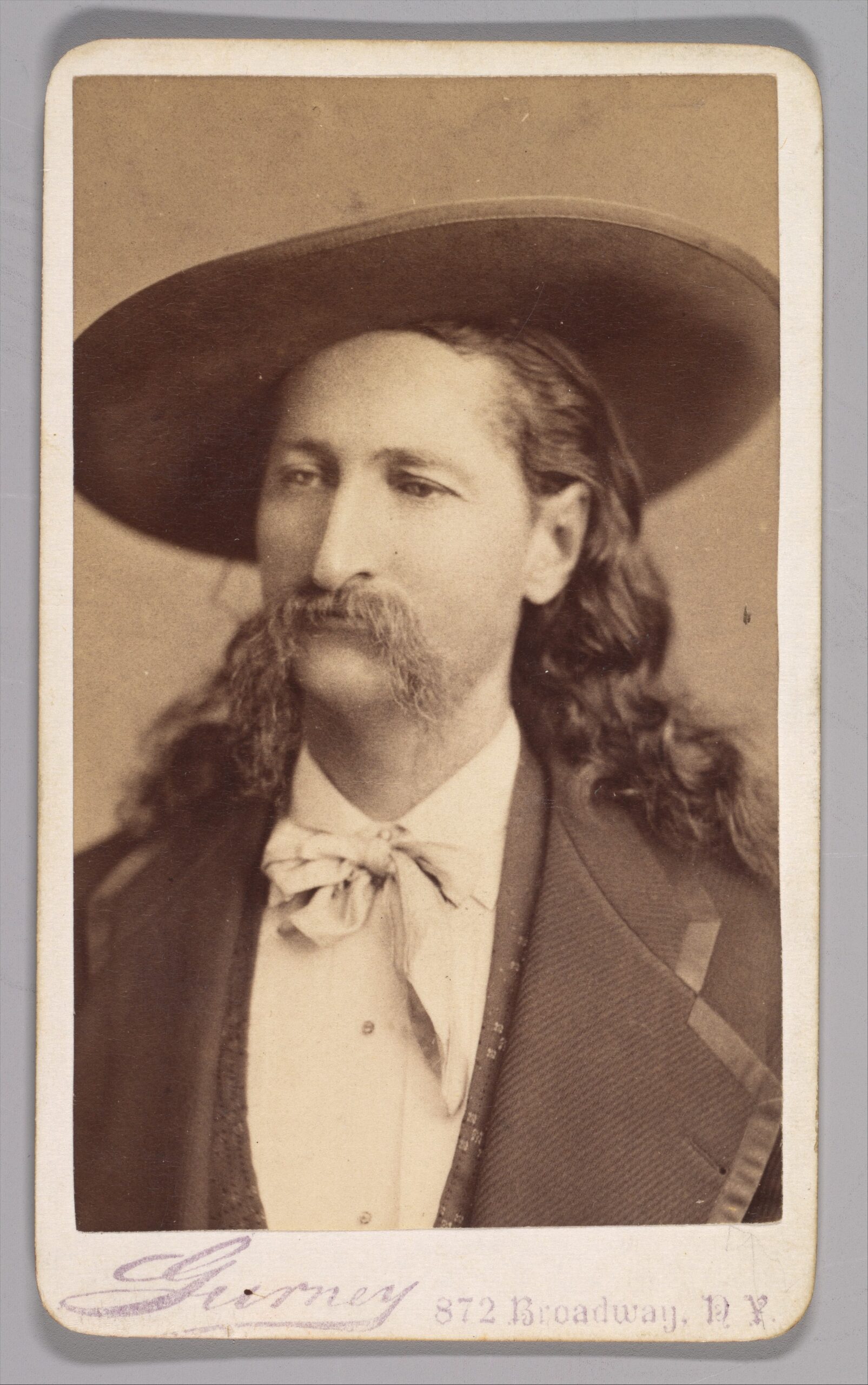
5. **Wild Bill Hickock: The Gunslinger’s Cowardly Back-Shot Betrayal**
Wild Bill Hickok, a name synonymous with the quintessential gunslinger, remains an enduring legendary figure of the Wild West. He was renowned far and wide as a fearsome lawman, a skilled scout, and an inveterate gambler—a man whose very presence evoked an aura of danger, excitement, and unyielding self-reliance. His popular image paints a picture of a man who lived by his wits and his lightning-fast draw, facing down adversaries in fair, dramatic duels.
Yet, the narrative of his demise veers sharply from this heroic mold, revealing a death that was shockingly mundane, sudden, and utterly cowardly, betraying the very image of a fearless duelist. In August 1876, Hickok was not cut down in a blaze of glory during a fair fight, but rather, met his end while seated at a poker table in the Saloon No. 10 in Deadwood, South Dakota. This anti-climactic setting for such a legendary figure is, in itself, disturbing.
His assassin was Jack McCall, a disgruntled gambler nursing a personal grudge, who approached Hickok from behind and shot him in the back of the head. This was no dramatic face-off, no test of skill, but a cold-blooded ambush that robbed Hickok of any chance to defend himself or die with his boots on. McCall’s act was a profound betrayal of the frontier code, making Hickok’s end not a glorious shootout, but a shocking and ignoble act of treachery.
The cards Hickok was holding at the moment of his death—two black aces and two black eights—would forever be immortalized as the “Dead Man’s Hand,” adding a macabre layer to his legacy. His abrupt and violent end, born of malice and cowardice, powerfully underscored the ever-present dangers and brutal unpredictability of frontier life, and the treachery that could lurk even in seemingly safe places like a saloon poker game.
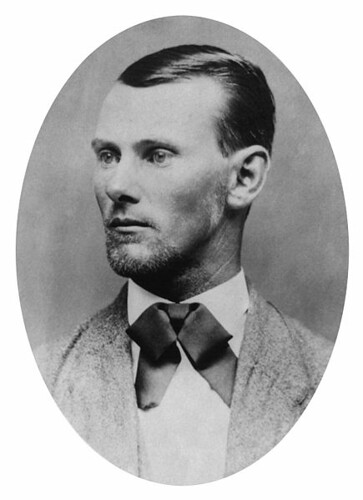
6. **Jesse James: The Outlaw Hero’s Ultimate Betrayal and Inglorious End**
The figure of Jesse James occupies a complicated, often romanticized, space in American folklore. He is frequently portrayed as a valiant outlaw, a kind of American Robin Hood who, according to popular narratives, aided the underprivileged by robbing from the wealthy. His audacious criminal exploits transformed him into a potent symbol of rebellious American spirit, making him a folk hero in the eyes of many who felt marginalized or oppressed by the powerful institutions of the time.
However, the harsh reality was that James was a vicious and often ruthless outlaw whose actions instilled as much genuine fear as they did awe. His life was a constant dance with danger, perpetually shadowed by paranoia and the ever-present threat of betrayal or capture. His criminal career, while daring, was far from the benevolent crusades often depicted; it was driven by personal gain and a defiant disregard for law, leaving a trail of victims and violence in its wake.
James’s end, in particular, was profoundly ignoble, a chilling act of betrayal that shattered any lingering illusions of his heroic standing. It occurred on April 3, 1882, not in a dramatic standoff with law enforcement, but in a moment of domestic vulnerability. While at home, ostensibly adjusting a picture frame on the wall, he was shot in the back of the head by Robert Ford, a trusted member of his own gang. This act was utterly devoid of honor or the thrilling confrontation often associated with outlaw legends.
This profound act of treachery, explicitly driven by Ford’s desire to collect the substantial bounty placed on James’s head, cemented its place as one of the most well-known and shocking betrayals in the annals of Western history. There was no final, heroic gunfight; no daring, last-ditch escape; just an abrupt, cowardly end in his own home. The man who lived by the gun died not in a blaze of glory, but by the deceitful hand of someone he had welcomed into his inner circle.
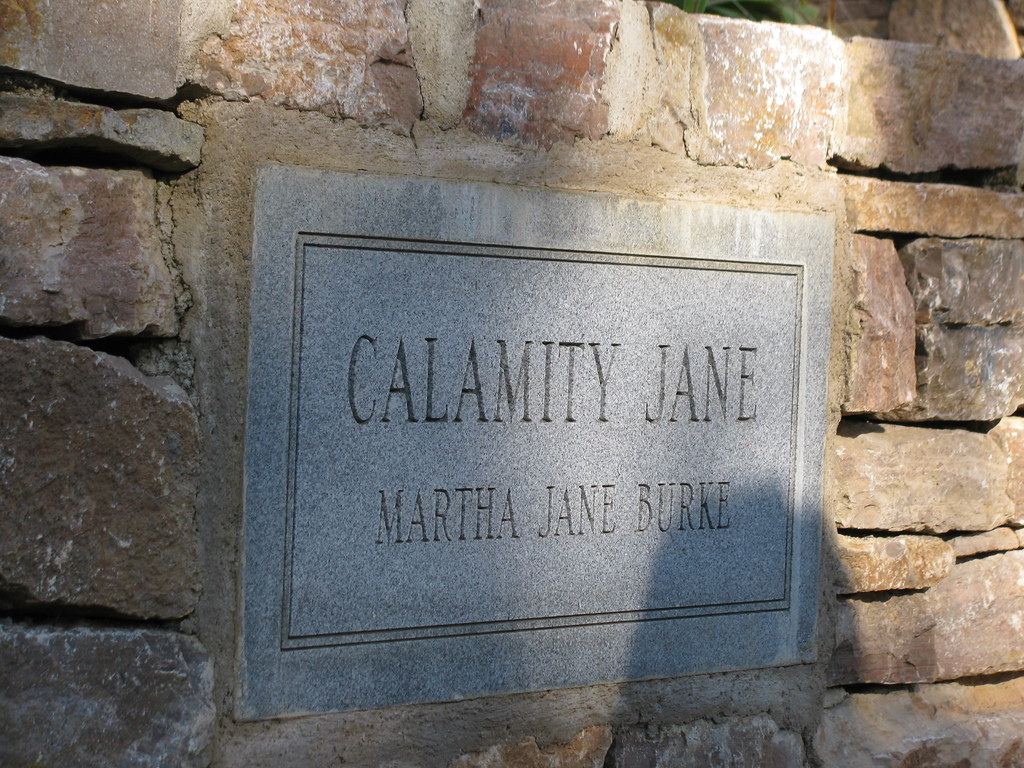
7. **Calamity Jane: The Wild West Legend’s Battle with Her Demons**
Calamity Jane, a name that reverberates with the untamed spirit of the Wild West, is a truly iconic figure in American folklore. According to her legend, she was a daring and fearless sharpshooter, a tough-as-nails woman known for her rough-and-tumble lifestyle and her celebrated association with other legendary figures like Wild Bill Hickok. Her exploits were often embellished, portraying her as an indomitable spirit, fearlessly breaking societal norms, and living life entirely on her own terms.
However, the stark reality of her later years presented a profoundly different narrative, a poignant unraveling from her legendary status. Martha Jane Cannary, as she was truly known, found herself embroiled in a relentless, personal struggle with debilitating alcoholism and grinding poverty. The wild, untamed life she had so famously led eventually exacted its heavy toll, steadily leading her down a path of increasing hardship, physical deterioration, and profound personal decline.
Jane battled these insidious demons for the majority of her adult life. While her legendary daring defined her public persona, it masked a deep internal turmoil and a constant fight against addiction that ultimately consumed her. This tragic internal conflict stands in stark opposition to the outward display of invincibility that characterized her folklore, revealing a fragile humanity beneath the tough exterior.
Her once-wild and adventurous life ultimately came to a lonely and agonizing end. She passed away in 1903, succumbing to pneumonia and complications directly related to chronic alcohol abuse, her body irrevocably ravaged by years of hard living and relentless struggle. Despite her widespread fame, she died nearly penniless. She was subsequently buried next to Wild Bill Hickok in Deadwood, South Dakota, a final, poignant resting place that serves as a powerful, disturbing reminder of her tragic decline.


